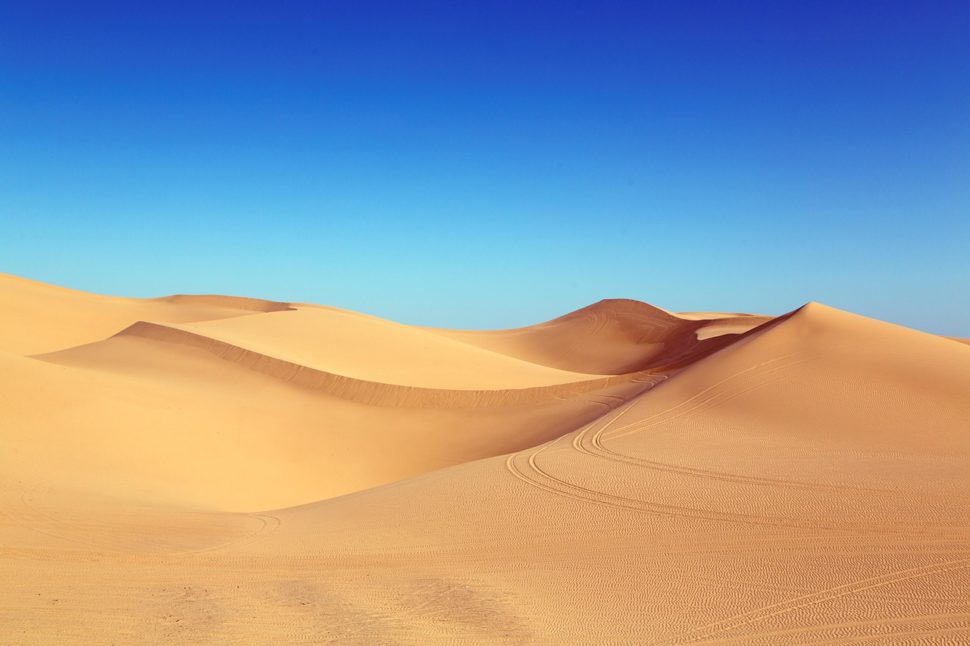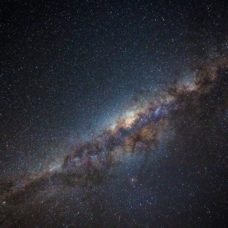Scientists have traced the origins of silica, a major constituent of Earth’s crust, back to the remnants of supernovae.
The death of stars is a mass issue. The more massive a star, the more violent its death.
While those around the mass of our Sun likely end up as a red giant, more massive stars explode in a spectacular way, ejecting matter in all directions at staggering speeds.
During supernovae, the pressures and temperatures are so high that atoms fuse to form many elements we know and use, including heavy metals.
The explosion of massive stars spews out a cocktail of elements like uranium and gold and, as it turns out, silica.
The Celestial Origins of Sand and Glass
The Spitzer Space Telescope is the fourth and final space-based observatory in NASA‘s Great Observatories Program.
Equipped with photometry and spectroscopy capabilities, Spitzer has peered into the cosmos and tracked celestial objects since its launch in 2003.
It’s thanks to the analysis of data gathered by the Spitzer telescope that astronomers confirmed the rocky nature of the seven Earth-like exoplanets in the Trappist-1 star system.
Now, using Spitzer’s observations, researchers concluded that silica forms when massive stars explode.
After oxygen, silica, or silicon dioxide (SiO2), is the second most common element on Earth.
Quartz, a form of silica, is a key component of sand. Sand, in turn. provides the basis for glass and fiberglass, among many other industrial products.
But silica’s critical role goes well beyond industry to life itself. Without silica, you can’t even stand upright.
While scientists observed silica all around in the Universe, they weren’t sure of its origin. One of the main theories focuses on Asymptotic Giant Branch (AGB) stars. These are a type of red giant, a major source of cosmic dust.
Read More: Researchers Claim Oumuamua Could be an Extraterrestrial Probe
Using archival data obtained by Spitzer’s spectroscope, the team detected silica in two supernova remnants, known as Cassiopeia A and G54.1+0.3.
Basically, spectroscopy breaks down light into individual wavelengths. It’s the same way a prism produces a rainbow of colors from sunlight.
Each chemical element, including silica, has a signature wavelength of light or a “spectral fingerprint”.
In the case of the Cassiopeia A supernova remnant, researchers found light wavelengths close to those associated with silica. However, they couldn’t match them with any known element at first.
Then, when they changed the shape of silica grains in the model from “spherical” to “football-shaped”, it “really clearly produced the same spectral feature we see in the Spitzer data.”
They also did the same with the second supernova remnant, G54.1+0.3, and found similar results.
Authors of the paper, published in in the Monthly Notices of the Royal Astronomical Society, think “that the silica produced by supernovas over time was significant enough to contribute to dust throughout the universe, including the dust that ultimately came together to form our home planet. “
Whenever you peer through your window, or walk barefoot on a sandy beach, remember that you owe the moment to a star that exploded long before Earth itself existed.



















Comments (0)
Most Recent